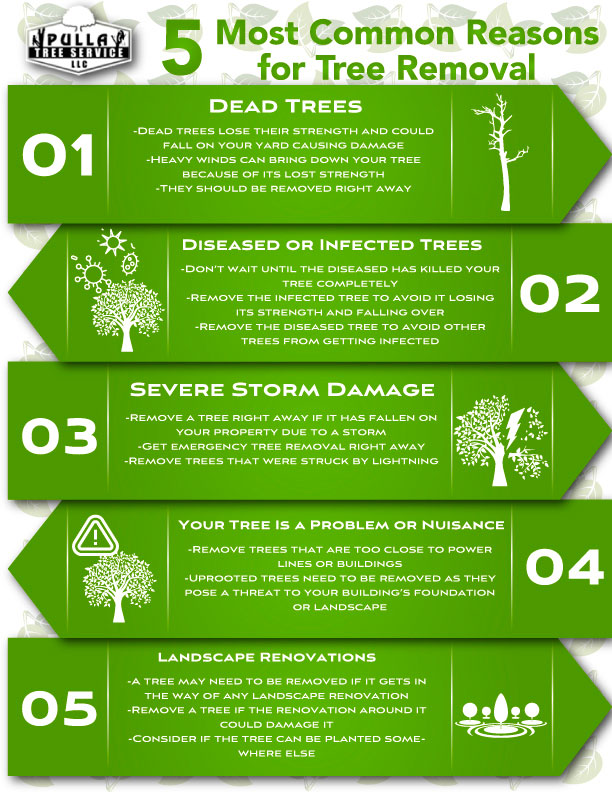All Categories
Featured
The elimination of trees can create open rooms that are susceptible to weed invasion. When trees are existing, their dense canopies usually shade the ground, limiting the quantity of sunshine that gets to the soil. After the elimination of trees, these open areas obtain raised sunlight, providing ideal conditions for weed development.

They might suggest the use of compost, which acts as a protective barrier on the dirt surface area, protecting against weed seeds from sprouting and reducing weed growth.

The presence of trees promotes an abundant and diverse neighborhood of dirt germs. Tree roots provide a resource of raw material, exudates, and nutrients that support the growth and activity of useful soil microbes. However, when trees are removed, the absence of their origins can interrupt the fragile balance of the dirt's microbial community.
What Do Arborist Wollongong Services Include?
This change in pH can influence nutrition accessibility, microbial task, and total soil wellness. To deal with the effects of tree cutting on dirt pH, tree removal experts can provide useful advice. They might recommend soil screening to examine the existing pH levels and establish the necessary changes. Based on the results, specialists can recommend pH modification methods, such as adding lime to raise dirt pH or integrating elemental sulfur to decrease it.

It describes the compression of dirt fragments, leading to decreased pore area and increased dirt density. This compaction can negatively impact the dirt's capacity to function optimally, affecting its water-holding ability, vitamins and mineral availability, and origin infiltration. Correct methods employed by tree removal specialists can aid decrease compaction and preserve the dirt's capability to retain water, and enable adequate airflow and mindful tools handling.
Latest Posts
What Is The Best Tree Services Wollongong Service?
How Do I Choose A Tree Cutting Wollongong Service?
What Do Wollongong City Council Tree Removal Services Include?